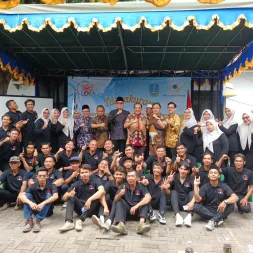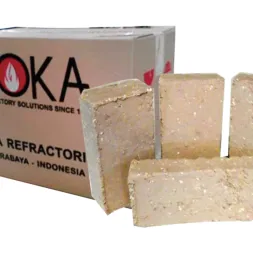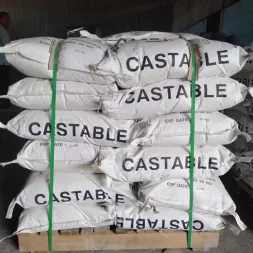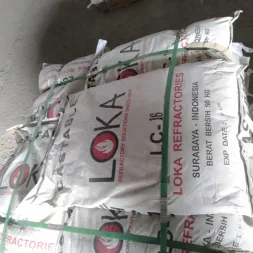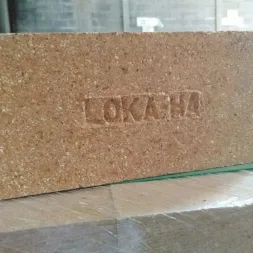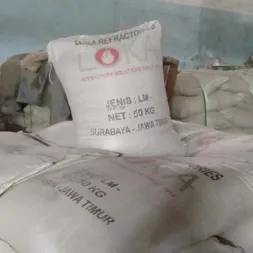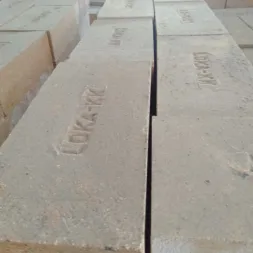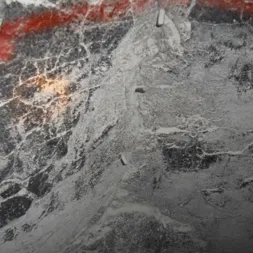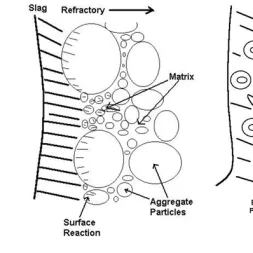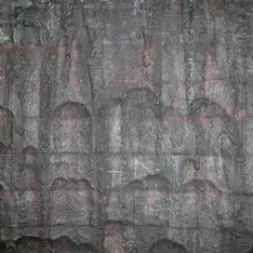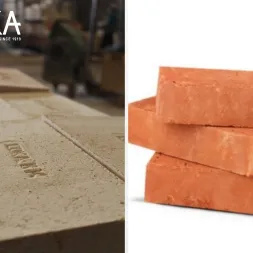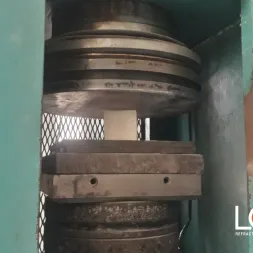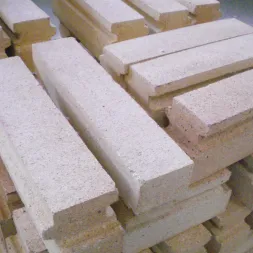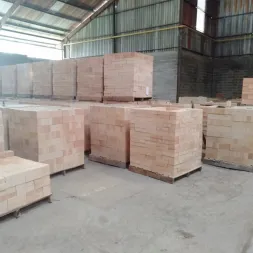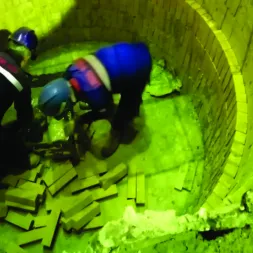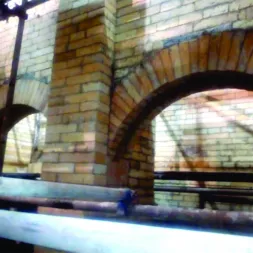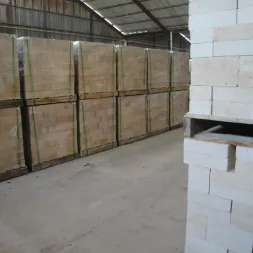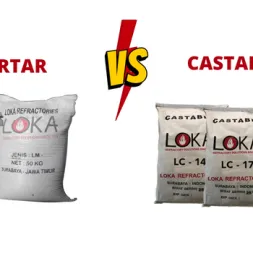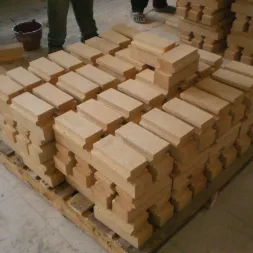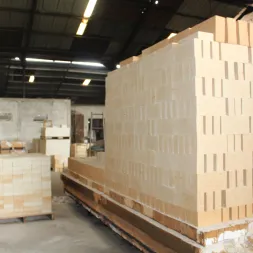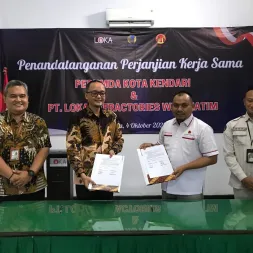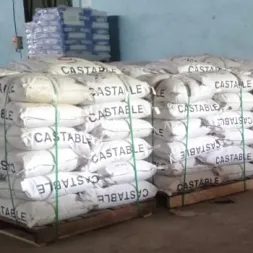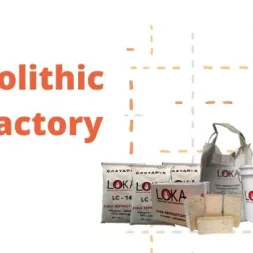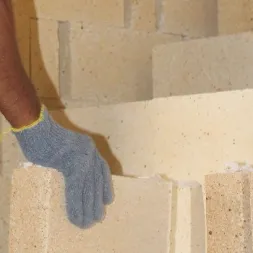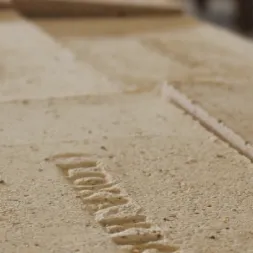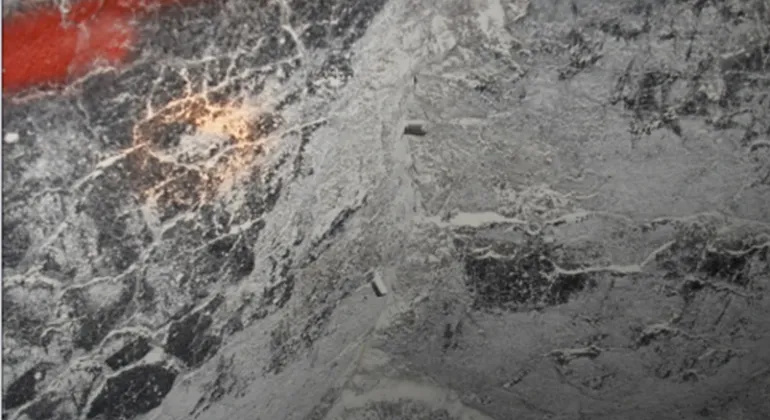
Refractory Failure: Abrasion
Are you familiar with the word Abrasion?
Generally, abrasion is known as the process of coastal erosion due to pressure from sea waves.
Then, did you know that abrasion can also occur on refractory materials?
Refractory failure can occur due to abrasion so that it experiences erosion or wear due to mechanical work such as grinding, friction, rubbing, etc.
Each refractory material has a different abrasion resistance.
The abrasion resistance of refractory materials is influenced by the Modulus of Rupture, impact particle size and spray pressure, as well as impact angle and impact particle size.
Want to know more? Check out the explanation below!
Modulus of Rupture (MOR) is a measure of the strength of refractory material before it cracks and breaks. Abrasion resistance is inversely proportional to MOR. The higher the volume lost due to abrasion, the lower the MOR of the material.
The crusher particle size and spray pressure also affect abrasion resistance. The greater the size/mass and pressure, the greater the kinetic energy and the volume lost by abrasion increases.
Apart from that, the size of the impact particles and the impact angle have an influence on abrasion resistance which is explained as follows:
• The larger the size of the impact particle and the angle of collision, the greater the kinetic energy
• If the particle size of the crusher is smaller than the particle size of the aggregate, it will affect the matrix. Improve strength by decreasing matrix quantity.
• If the crusher particle size is smaller than the aggregate particle size, then choose aggregates with high abrasion resistance such as SiC and Al2O3.
Thus the article about refractory failure caused by abrasion. Get abrasion resistant refractory materials by contacting:
Phone: 0821-4280-8500
Website: www.lokarefractories.com
Generally, abrasion is known as the process of coastal erosion due to pressure from sea waves.
Then, did you know that abrasion can also occur on refractory materials?
Refractory failure can occur due to abrasion so that it experiences erosion or wear due to mechanical work such as grinding, friction, rubbing, etc.
Each refractory material has a different abrasion resistance.
The abrasion resistance of refractory materials is influenced by the Modulus of Rupture, impact particle size and spray pressure, as well as impact angle and impact particle size.
Want to know more? Check out the explanation below!
Modulus of Rupture (MOR) is a measure of the strength of refractory material before it cracks and breaks. Abrasion resistance is inversely proportional to MOR. The higher the volume lost due to abrasion, the lower the MOR of the material.
The crusher particle size and spray pressure also affect abrasion resistance. The greater the size/mass and pressure, the greater the kinetic energy and the volume lost by abrasion increases.
Apart from that, the size of the impact particles and the impact angle have an influence on abrasion resistance which is explained as follows:
• The larger the size of the impact particle and the angle of collision, the greater the kinetic energy
• If the particle size of the crusher is smaller than the particle size of the aggregate, it will affect the matrix. Improve strength by decreasing matrix quantity.
• If the crusher particle size is smaller than the aggregate particle size, then choose aggregates with high abrasion resistance such as SiC and Al2O3.
Thus the article about refractory failure caused by abrasion. Get abrasion resistant refractory materials by contacting:
Phone: 0821-4280-8500
Website: www.lokarefractories.com
Latest Article





